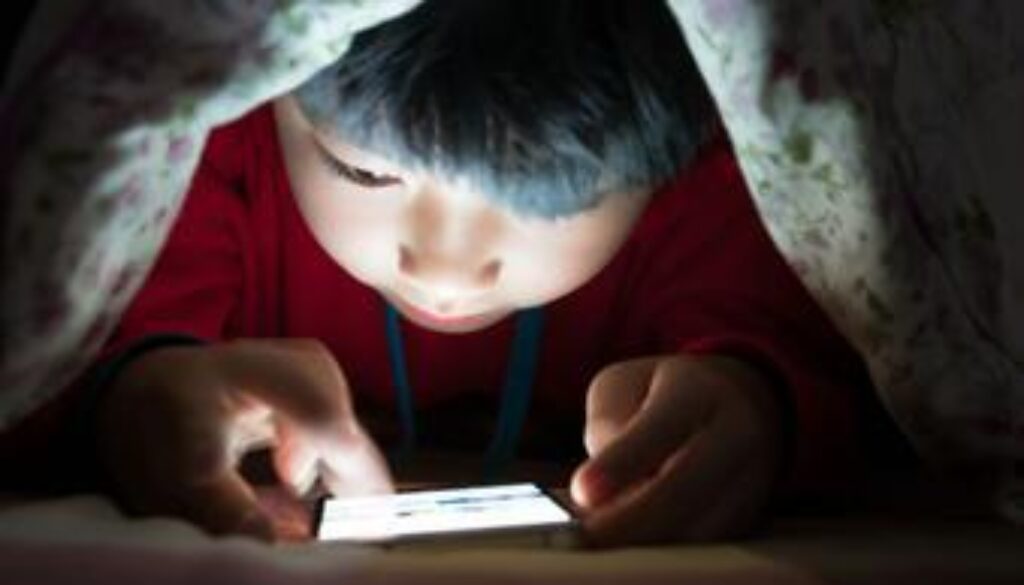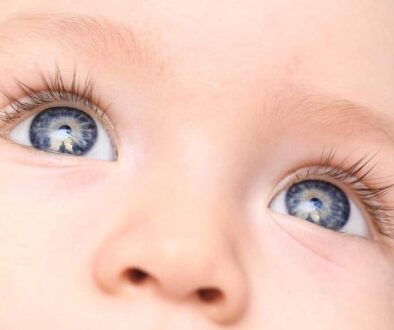How the pandemic made children’s vision worse
How Pandemic Lockdowns Fueled Childhood Myopia
1. What Is Myopia?
-
The Science: Distant objects blur when the eyeball overgrows or the cornea overcurves
-
Key Effect: Light focuses in front of the retina instead of on it
-
Common Term: Nearsightedness
2. Near Work’s Impact on Eye Growth
-
Pandemic Trigger: 6+ hours/day on screens/close tasks (online school, tablets)
-
Biological Consequence:
-
Eye muscles strain during prolonged focus
-
Signals accelerate eyeball elongation (axial length increase)
-
-
Result: Rapid myopia progression
3. Outdoor Light’s Protective Role
-
Natural Safeguard: Sunlight triggers retinal dopamine release
-
Dopamine Effect: Regulates healthy eye growth
-
Pandemic Loss:
-
Lockdowns slashed outdoor time 80% +
-
Removal of “growth brake”
-
-
Evidence:
-
🇮🇱 Israel: Childhood myopia tripled
-
🇨🇳 China: Rates quadrupled in under-10s
-
4. Screen Time’s Double Damage
-
Dry Eye Trigger: 60% less blinking → irritation/fatigue
-
Growth Acceleration:
-
Blue light exposure + near focus = elongated eyeballs
-
-
Severity Outcome: Higher prescription jumps
What Parents Can Do Now
-
Daily Sunlight: Aim for 90+ minutes outdoors
-
20-20-20 Rule: Every 20 seconds, look 20 feet away for 20 seconds
-
Annual Eye Checks: Critical for kids with screen-heavy routines
Early Warning Signs of Worsening Vision in Kids During Remote Learning
1. Common Symptoms to Watch For
-
Physical Signs:
-
Frequent eye rubbing/blinking
-
Squinting or head tilting
-
Sitting closer than arm’s length to screens
-
-
Verbal Complaints:
-
“My eyes hurt,” or headaches after screen time
-
“Words look fuzzy” (especially distant objects)
-
-
Focus Issues:
-
Losing place while reading
-
Short attention span for visual tasks
-
2. Behavioral Clues
-
Avoidance Tactics:
-
Resists outdoor play (distance vision challenges)
-
Frustration with schoolwork requiring visual focus
-
-
Adaptive Habits:
-
Holds books/devices unusually close
-
Covers one eye while reading
-
3. When to Seek Professional Care
-
Urgent Triggers:
⚠️ Symptoms lasting 2+ weeks
⚠️ Child explicitly reports vision problems -
Critical Action:
Schedule a comprehensive pediatric eye exam immediately -
Why Early Intervention Matters:
-
Prevents accelerated myopia progression
-
Boosts academic performance by 30 %+ (AAO study)
-
Protect Kids’ Eyes: Combat Digital Strain Post-Pandemic
1. Master the 20-20-20 Rule
-
Action: Every 20 screen minutes, focus on something 20+ feet away for 20 seconds
-
Why It Works: Resets eye focus muscles → reduces fatigue by 45% (AOA study)
-
Pro Tip: Set phone alarms labeled “Eye Break!” until habit forms
2. Breaks & Blinking: The Moisture Boost
-
Blink Training: Remind kids: “Full blinks = windshield wipers for eyes”
-
Goal: 15+ full blinks/minute (vs. screen-time average of 5)
-
-
Movement Breaks: Hourly 5-minute pauses to:
-
Stretch upward (relieves neck strain)
-
Palming technique (cover closed eyes with warm hands)
-
3. Ergonomic Screen Setup
-
Positioning:
-
Top of screen at eye level
-
20-28″ viewing distance (arm’s length test)
-
-
Posture Essentials:
-
Feet flat, back supported
-
Elbows bent 90°
-
-
Lighting Fixes:
-
No overhead lights reflecting on screens
-
Bias lighting behind the monitor (reduces contrast strain)
-
Smart Screen Time Limits for Healthy Eyes
1. Children 6-12 Years Old
-
-
-
Recreational Limit: Max 1-2 hours/day (non-school use)
-
Schoolwork Strategy:
-
Mandatory 10-minute breaks every hour
-
Splitting homework into 30-min blocks with outdoor intervals
-
-
Why It Works: Prevents cumulative eye fatigue during critical development years
-
-
2. Teenagers
-
-
-
Focus on Balance (no fixed hourly limit):
-
Use Pomodoro technique: 25-min focused work → 5-min break
-
Alternate screen/non-screen activities (e.g., music after gaming)
-
-
Critical Habit: No screens 1 hour before bedtime – protects sleep quality and eye recovery
-
-
3. All Ages: Non-Negotiables
-
-
Schoolwork ≠ Recreation: Track them separately
-
Break Quality Matters:
-
Green breaks > scrolling breaks (20 sec looking at trees = 5x more effective than looking at phone)
-
-
What should we do now?
It may be more important than ever before that we evaluate children’s eyes to determine the impact this year at home has had on their vision. Our doctors have noted rapidly changing myopia, complaints of visual eye strain on computers, and younger children requiring prescriptions. On a positive note, the field of myopia management has expanded significantly in recent years, with more options and research proving we can now slow progressive myopia.
Be sure to have your child’s comprehensive eye exam before school starts and talk with your doctor about potentially starting myopia management for your child.
Call to schedule an appointment for your child today at (954) 726-0204 or book online!
FAQs
-
Children spent more time indoors and on screens, reducing outdoor time that helps prevent myopia and increasing eye strain from near work




